
"Airplanes are the safest mode of transportation. However, few airplane crashes have raised several doubts about its safety."
Several reports indicate that an airframe redesign to accommodate the latest fuel efficient (15-20% better) gas turbine engines might have triggered the crashes that proved to be fatal. Tribology has played a role in the development of fuel efficient turbines. In this regard, we have focused on relating the advanced material and design architectures deployed in these engines with high temperature wear and friction mechanisms leading to distress and potential failures.
 Figure 1. Anti-fretting coatings to protect the blade root and disk slot against fretting wear (due to radial strain and vibration).
Figure 1. Anti-fretting coatings to protect the blade root and disk slot against fretting wear (due to radial strain and vibration).
An efficient gas turbine engine (Brayton cycle) should have lower fuel consumption, minimum noise and lower maintenance cost. In this regard there are several designs and materials that enable light weight, higher by-pass ratio, and low friction and wear of engine components.
A high by-pass ratio (e.g. ratio of 12:1) can be achieved by using a gear powered turbo fan. It generates a high volume of air near the exhaust that helps to increase the thrust. However, the addition of gear box has increased engine weight and reliability issues.

Figure 2. Thermal barrier coatings (TBCs) that protect the base alloy against heat and erosion.
To counter the weight by the gear box, the material science was pushed to its limits to reduce the engine weight. The fan blades were made of lighter aluminum-lithium alloy, carbon fiber composites and the turbine blades were made of titanium aluminides. Titanium aluminides are lighter and possess higher strength compared to Ni-Cr alloys. Furthermore, the Ni-Cr alloys used in turbine shroud lining was replaced by a light weight composite metal matrix, for example, silicon carbide fibers in a carbon matrix with boron nitride coatings, that can withstand temperature of 1315 °C / 2400 °F.

Figure 3. Image of a test area in Ducom Fretting Wear Tester (A) and Ducom Air Jet Erosion Tester (B), at high operating temperature.
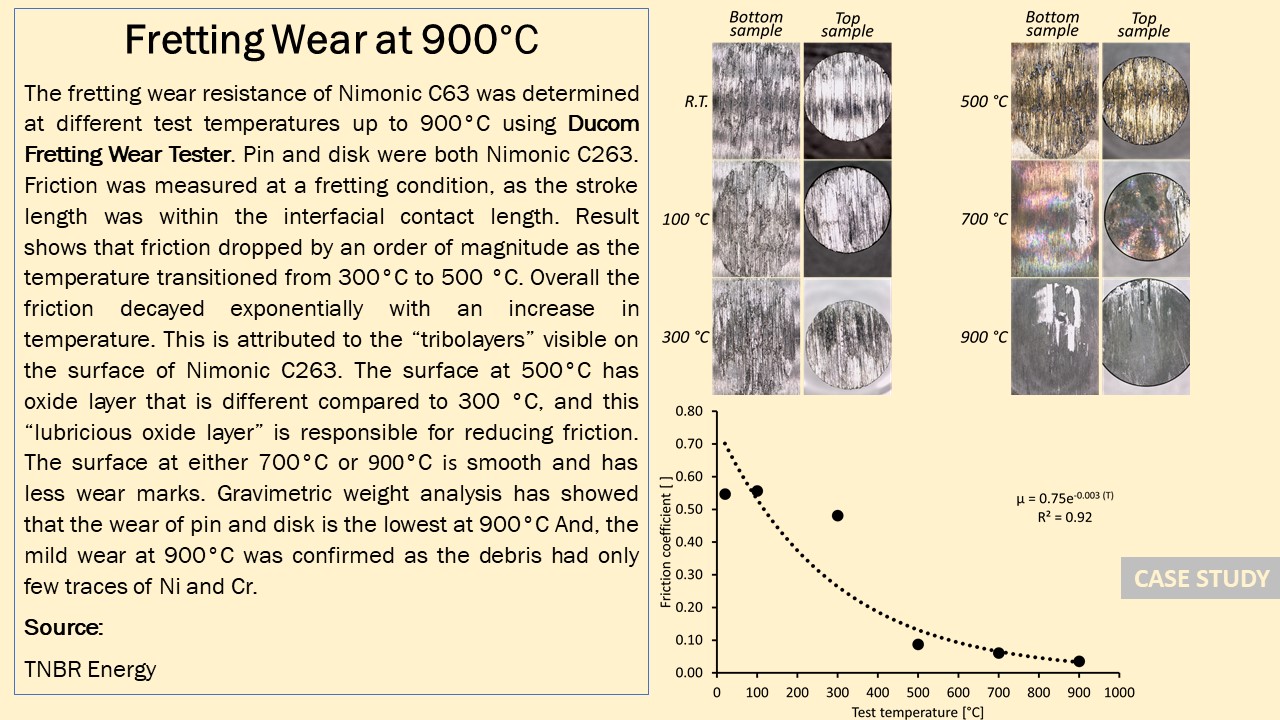
Fuel efficient gas turbines with gear powered turbofan were also cheaper to operate. There were fewer parts for replacement as the stages/blades were reduced in number. Furthermore, there was an improvement in the wear resistance behavior of engine blades.
Anti-fretting Cu-Ni or Cobalt-based coatings were applied at the blade root and disk slot to resist wear against radial strain and vibration at high temperature (see Figure 1). The turbine blades were coated with thermal barrier coatings (TBCs) to protect against heat and high temperature erosion by solid particles (see Figure 2).
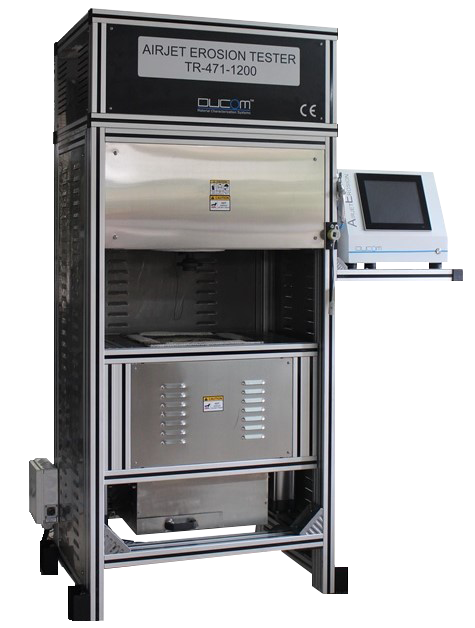 Ducom Air Jet Erosion Tester compatible with ASTM G76 and G211-14. This state-of-the-art erosion tester is capable of tests up to 1200 deg C.
Ducom Air Jet Erosion Tester compatible with ASTM G76 and G211-14. This state-of-the-art erosion tester is capable of tests up to 1200 deg C.
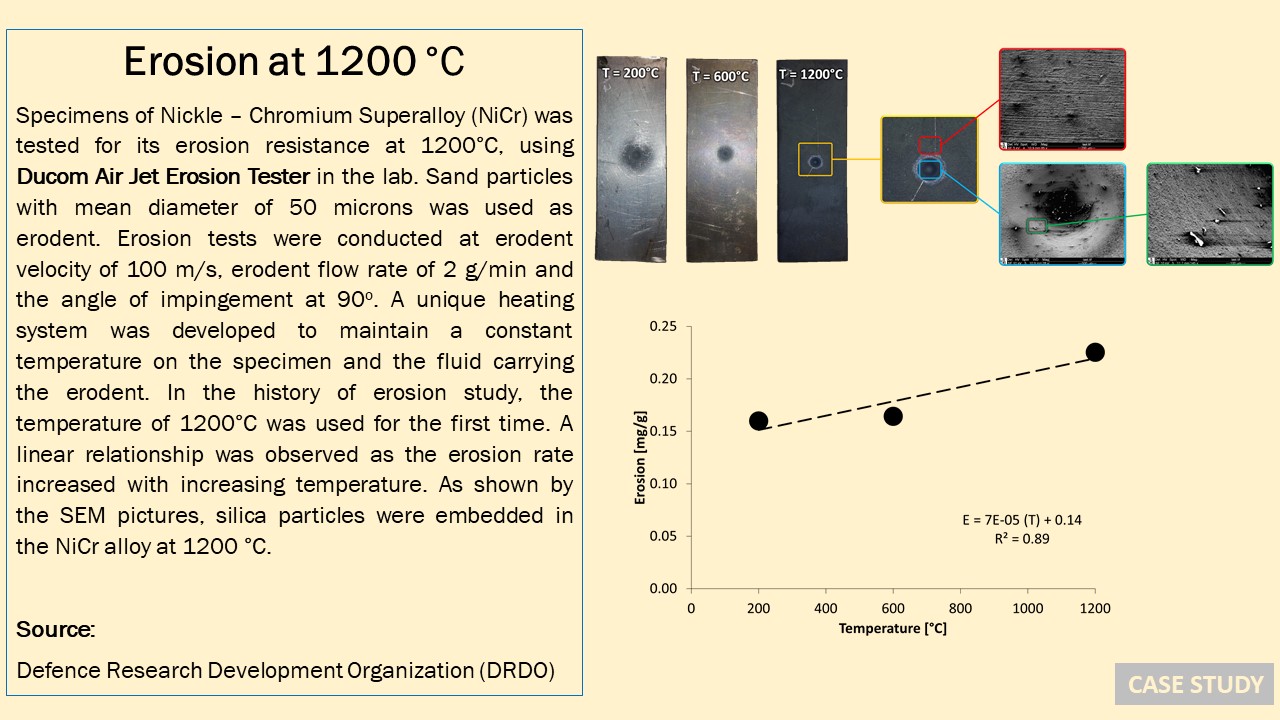
Wear resistance behavior of these coatings can be tested using Ducom Air Jet Erosion Tester operating at 1200 °C (see Figure 3 A) and Fretting Wear Tester operating at 900 °C (see Figure 3 B).
Characteristic erosion curves for TBCs and characteristic friction curves for anti-fretting coatings are shown in Figure 4 and 5, respectively. Please read the section at the end of this article that highlights few unique features of Ducom High Temperature Tribometers.
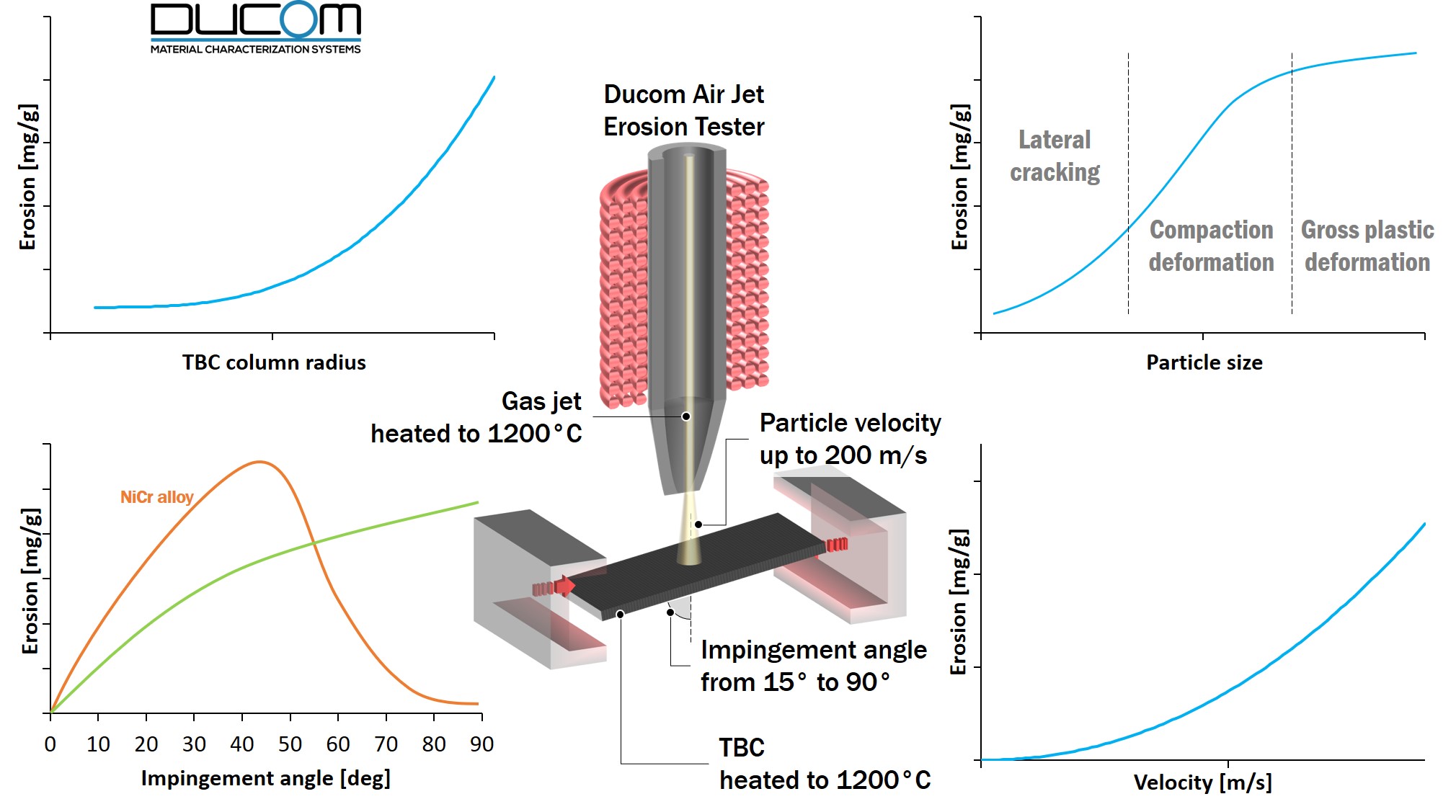
Figure 4. Characteristic erosion curves for thermal barrier coatings.
In conclusion, the technology associated with gear powered turbofan reduced the cost of replacement parts, pushed the limits of material science to develop lighter engine parts and wear resistant coatings, and achieved higher thrust compared with engines with traditional turbofans. Though they contributed to higher fuel efficiency and lower maintenance cost, there was a significant modification to the engine dimension.

Figure 5. Characteristic performance curves for coatings under fretting conditions.
Gear powered turbofans were larger in diameter compared to conventional turbofans and it made the engines larger. Therefore, the pylons were redesigned to increase the ground clearance by pushing the engines towards the nose and higher up from the ground. It created new challenges to the aerodynamics of the plane, and the solutions to fix it triggered the fatal crash. Although tribology assisted the development of fuel efficient engines, it was unfortunate that they were related to fatal design.
Contact us for more information. Our experts are just a click away.
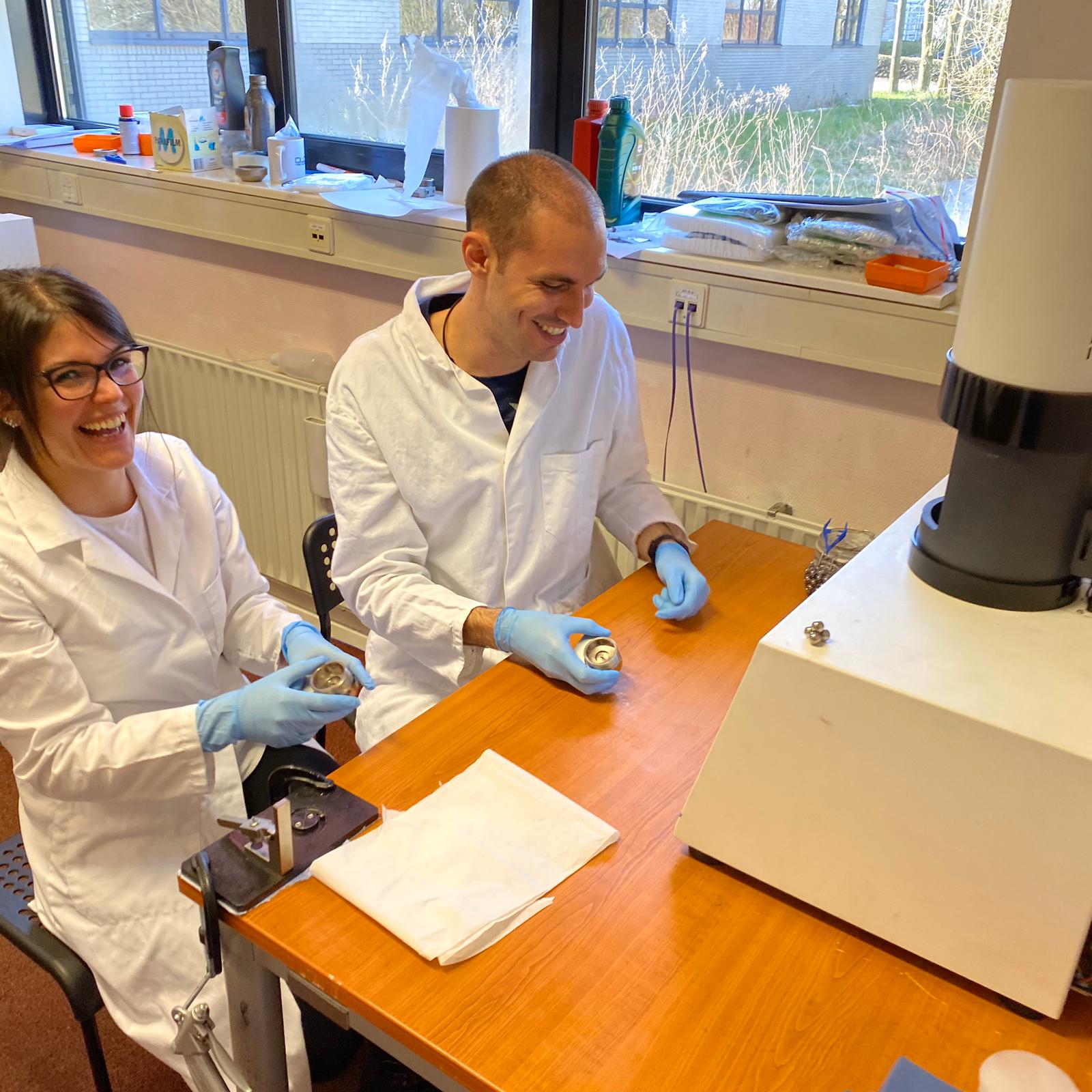
USA: +1 (847) 737-1590
India: +91 (80) 4080-5555
Netherlands: +31 (85) 065 74 10